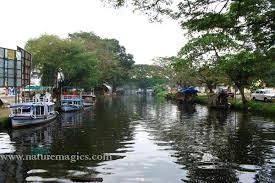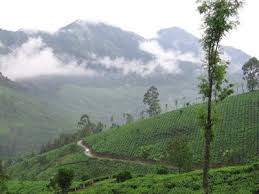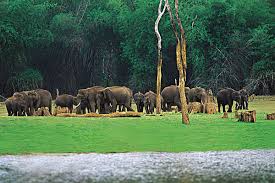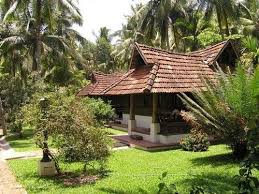
ALAPPUZHA FACTS & FIGURESLanguageMalayalam and English
Best time to visitAugust to March
STD Code0477
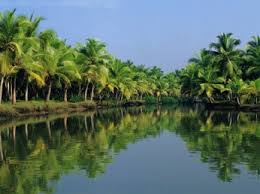 Instant Hotel Booking for Alappuzha
Instant Hotel Booking for AlappuzhaINTRODUCTION
Alappuzha (Alleppey) is one of the exotic backwater sites of India's southern state Kerala. Washed by the Arabian Sea, interlocked by a number of canals and bridges, this tiny marketplace is also famous for its Nehru Trophy boat race held every year. Alappuzha attracts tourists not only by its natural beauty but also through its locally made coir products that are of a very superior quality.
LOCATION
Separated out from the former districts of Kottayam and Quilon, Alappuzha consists of seven taluks spread over an area of 1414 sq km. It is bounded by Kochi and Kanayannur taluks on its north; Vaikom, Kottayam, Changanassery Thiruvalla, Kozhencherry and Adoor taluks on its east; Kannathur and Karunagappally taluks on its south and the exotic Lakshadweep of the Arabian Sea on its west.
BEST TIME TO VISIT
The climate of this small town is temperate and humid in general and relatively more pleasant in the winter season. The temperature ranges from 22 to 35°C in summer and 20 to 32°C during winters. The best time to visit Alappuzha is during the winter season. The months from August-September and February-March are ideal for a visit to this place. The backwater cruises in the exotic houseboats, which also serve Keralan cuisine delicacies, are an eternal experience. The Nehru Trophy boat race is the major attraction of this place, which is held during Onam festival celebrated in the month of August. The festivities of the Mullakal temple during the month of December are highly recommended as some of India's finest temple musicians perform in the main hall during this festival. Besides these, the locally made coir and carpets of coconut fibers are also attracting tourists these days.
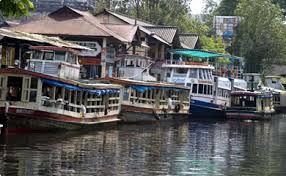
HISTORY
Before the Dutch took over this place, the Portuguese were the predominant rulers of this place. Later Maharaja Marthandavarma came into power and he gave ample importance to the developmental works of the place. Slowly it became a very busy commercial place attracting merchants from all over. This resulted in the establishment of a number of coir factories producing coir-related goods of quality. The first coir factory was developed by an English sea captain and soon others followed suit. The first Anglican Church was built in 1816 by the Christian missionaries whose headquarter was in Alappuzha.

TOURISTS ATTRACTIONS
Punnamada Kayal, the must-visit place of Alappuzha where the annual Nehru Trophy boat race takes place. During the month of August-September, the backwaters become crowded with thousands of spectators and a large number of competitors who come to participate in the famous Nehru Trophy boat race. The long boats, designed to resemble snakes, can accommodate 120 people, making two rows of 60 each. The energy, coordination, and the feeling of getting ahead in the competition make this game quite engrossing.
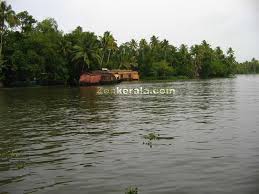 Krishnapuram Temple, the two-storied building, displays the typical Keralan style of architecture. The largest mural painting, Gajendra Miksham, is displayed in a museum here.
Krishnapuram Temple, the two-storied building, displays the typical Keralan style of architecture. The largest mural painting, Gajendra Miksham, is displayed in a museum here.Ambalapuzha Temple, where Lord Krishna is worshipped, is also an important place to visit. Here one can see the typical temple architecture and culture of Kerala along with the chance to taste the Keralan delicacy, payasam, which is served to the visitors during the festival times of March/April.
St. Andrew's Church, established by the Portuguese missionaries, celebrates the feast of St. Sebastian in a fun-filled, festive way.
Situated in the heart of the town, Mullackal Temple, dedicated to goddess Rajarajeswari, is also a place worth visiting.
Surrounded by thick-green forests, Mannarasala Sree Nagaraja Temple is a holy place where the king of serpents is worshiped. Number of devotees from all over India and abroad visit this place every year.
The Chettikulangara Bhagavathy Temple is believed to have miraculous powers and hence visited by number of pilgrims every year.
Kottamkulangara Mahavishnu Temple and Devi Temple are the oldest temples of Alappuzha and are sites worth visiting, especially during the time of festivals.
HOW TO REACH
BY AIR - Alappuzha is accessible by all the means of communication. The nearest airport is Kochi at a distance of 64 km north. The Trivandrum airport is located 159 km south of Alappuzha.
BY WATER - This exotic place is also well connected through waterways. It is linked by boat and ferry services through the scenic backwaters to Cochin, Kottayam, Kevalam, Changanassery and Chengannur.
BY ROAD - Cities like Cochin, Chennai, Howrah, Bangalore and Bokaro are well connected to Alappuzha. National Highway 47 goes through Alappuzha connecting it with almost all the nearby places of South India. We would provide you all India tourist permit vehicles for the local transportations and also for the intercity drives too.
WHERE TO STAY
We offer excellent accommodation facilities in and around Alappuzha.
